Sunburn is painful, but skin cancer is dangerous and has been rising on a global scale. To promote individual healthcare and offer a planning tool for sunny days, the winner of the DLR Challenge of the 2019 Copernicus Masters ajuma has developed the UV-Bodyguard. It also determines the minimum time to spend in the sun to produce enough Vitamin D to strengthen the immune system and your bones. This wearable connects to smartphones and continuously measures UV exposure, issues warnings and provides a UV forecast based on Copernicus products.
ajuma uses real-time UV measurement, seasonal and personal data to determine the maximum time an individual can be exposed to the sun without increasing their risk factor for developing skin cancer later in life. To improve the UV forecast, ajuma is using the ozone density observations from Copernicus Sentinel-5P and the UV forecasts of the Copernicus Atmosphere Monitoring Service.
Regine Heue (RH), Head of Marketing & Communications at AZO, interviews Annette Barth and Dr Julian Meyer-Arnek, founders of ajuma.
RH: What has been your company’s biggest challenge so far?
JM: We started our development process very optimistic, as probably most startups do. We expected product development to be faster and easier than it turned out to be. Last summer, we got the devastating news that the core of our product, the UV sensor we used thus far, was going out of production at short notice. We were desperate, but we pulled ourselves together and started searching for a new UV sensor – and we found it!
AB: As a startup, we realised that it is really hard to receive funding. So we are really happy that we were accepted into the ESA Business Incubation Center (BIC) Bavaria managed by AZO in Oberpfaffenhofen!
Being parents, we also find it really challenging to be dedicated founders while spending enough time with our little daughter. I believe almost every working parent knows this feeling regarding the difficulties in balancing business and private life.
RH: Can you explain the three main ingredients of your recipe for success?
JM: Founding a startup and developing a hardware product that needs quite a bit of software is an ultra-marathon rather than a short-distance sprint. Thus, one of the main points is to keep going, and stay motivated and on track, even if it gets difficult and obstacles seem to be larger than Mount Everest. This sounds a lot easier than it is.
AB: Staying focused is one thing, but being ready to accept challenges and changes and staying flexible is also equally important in my eyes. We started with the idea of measuring UV. This is still the case, but by now, our scope (preventing sunburn, but also preventing a lack of Vitamin D), our business model and our data set (to use not just UV measurement data, but also Sentinel 5p-/CAMS data) has changed.
The last and maybe most important point is that we are a really good team with complementing knowledge and personal traits as well. Julian is a physicist and scientist with a lot of experience in atmospheric monitoring as well as in IT issues. I am the product manager and hold a degree in business psychology and economics, so I am focusing on the business side of the idea. In order to make a product out of it, an innovator needs both aspects: the scientific and technical as well as the business and customer-centric view. With both it is possible to make it happen!
RH: How and when did the idea for your application emerge?
JM: Annette has been really sensitive to the sun all her life. I have worked in atmospheric science at the German Aerospace Center (DLR) for more than 15 years and have also contributed to the UV-Check of the German Dermatologists’ Association. When our daughter was born three years ago, we thought about ways to keep an active, outdoor lifestyle and protect our little girl from sunburn the best we can. Then the idea of our UV measuring device was born. We started developing – first just for ourselves. After doing scientific and medical research and talking to many people, we realised that there is really a need to monitor healthy UV exposure – for parents, for outdoor athletes, for people working outside and for those with previous skin cancer experience.
AB: In the recent years, Julian became aware of the Copernicus Masters innovation competition, but we never really thought about applying at such an early stage. At a trade show, the Munich Startup Demo Night, we met Thomas from ESA BIC Bavaria who said to give it a shot – and here we are!
RH: What were the main reasons to participate in the DLR Challenge? What convinced you to enter the Copernicus Masters competition with your business idea?
JM: The DLR Environment, Energy and Health Challenge is about innovative solutions that use Earth observation data to foster human well-being.
Solar UV radiation has two main effects on the human body: first, a UV overdose leads to sunburn in the short term. In the long run, a cumulated UV overdose is an environmental factor that increases the risk of developing skin cancer later in life. According to the WHO (World Health Organization), about 3 million people newly develop white or black skin cancer every year, all over the world.
AB: Since we need a certain amount of sunlight/UV radiation to prevent Vitamin D deficiency, which may cause rickets, osteoporosis, osteomalacia or a weak immune system. According to the Robert Koch Institute, over half of the German population faces a lack of Vitamin D. According to meta-studies, about 1 billion people worldwide face some sort of Vitamin D under-supply.
Thus, too much as well as too little UV radiation is a global problem. ajuma’s UV-Bodyguard aims at helping people to identify and monitor their healthy UV dose. As the DLR Challenge focuses on negative environmental factors affecting human health, we found it to be a perfect fit and applied!
RH: Let’s reach for the stars – what is going to happen in ajuma´s future?
AB: Our next big milestone is the market introduction of our UV-Bodyguard, which is planned for summer 2020. There is a TV project and some more exciting things to come – stay tuned, as we can’t tell you more about it yet! First, we start our UV-Bodyguard in Germany, then we move on to Europe. It’s our goal to help people use technology to maintain a healthy lifestyle. Thus, we aim to eventually bring our UV-Bodyguard technology to everyone out there in world.
JM: Additionally, we have some more ideas on how to extend the use cases of the UV-Bodyguard into different and new fields of application. Our mission is to use technology to connect people to their environment in a beneficial and comfortable way: it’s all about our health and well-being!
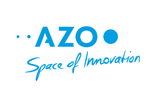
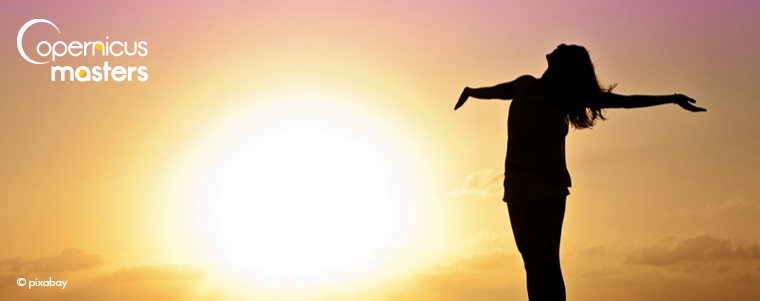

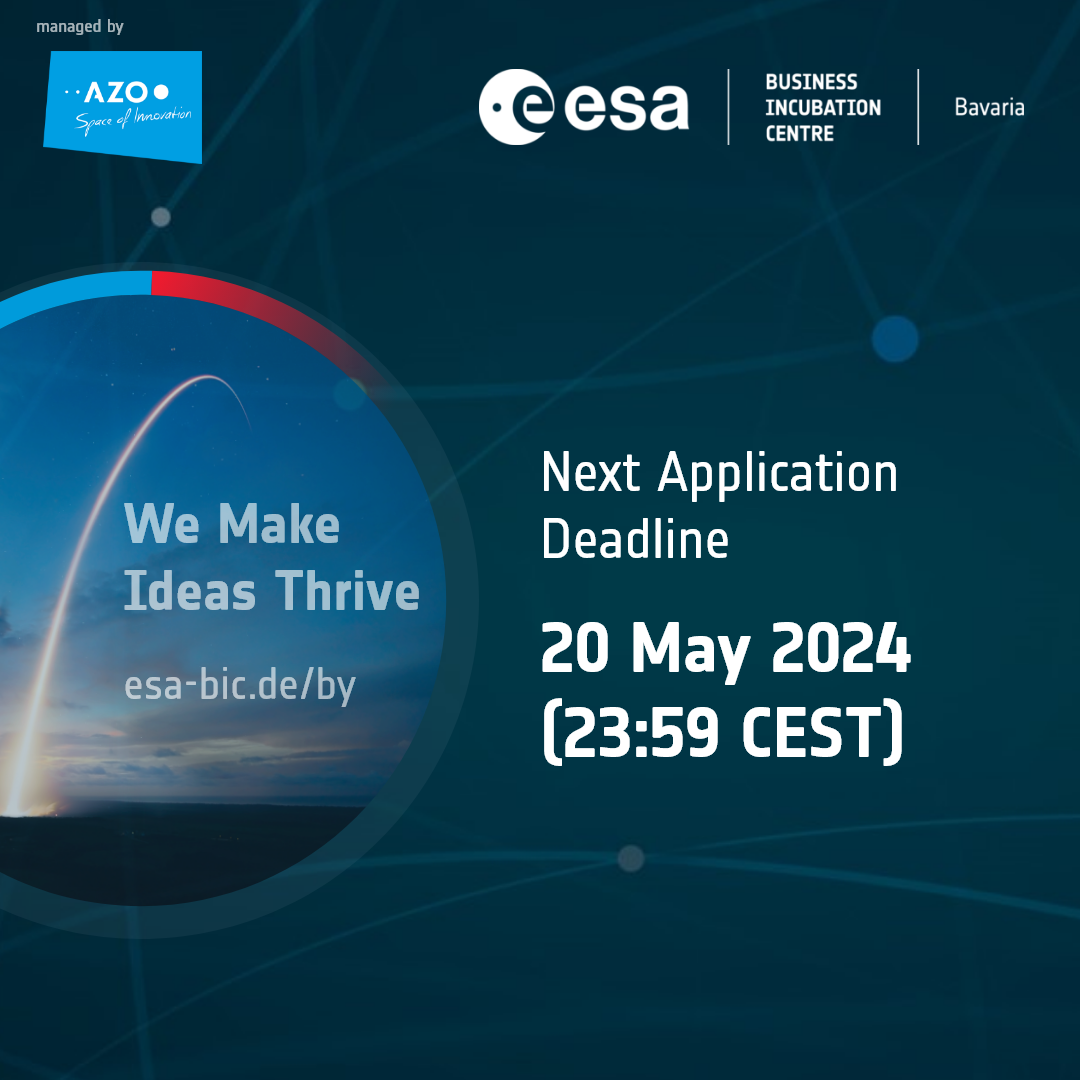
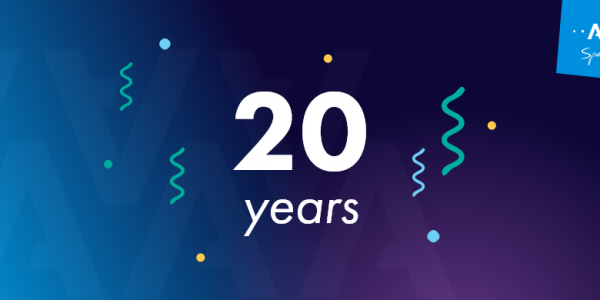

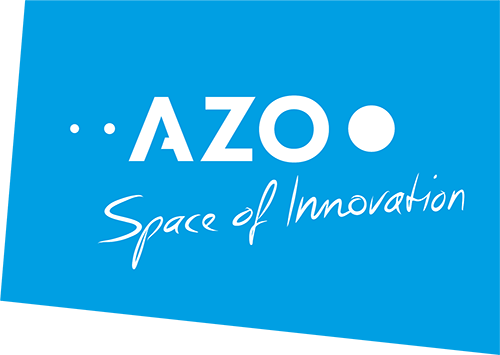
Comments are closed.